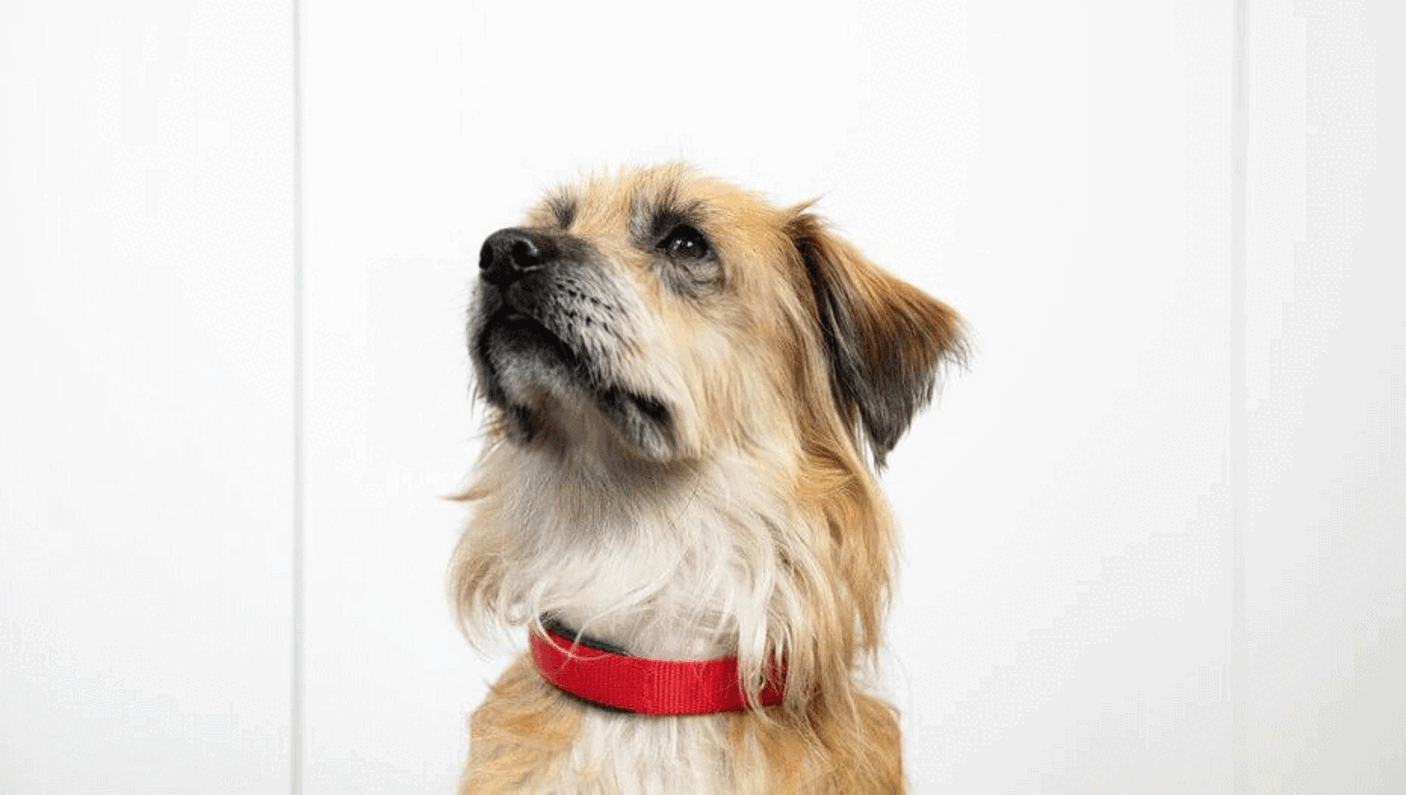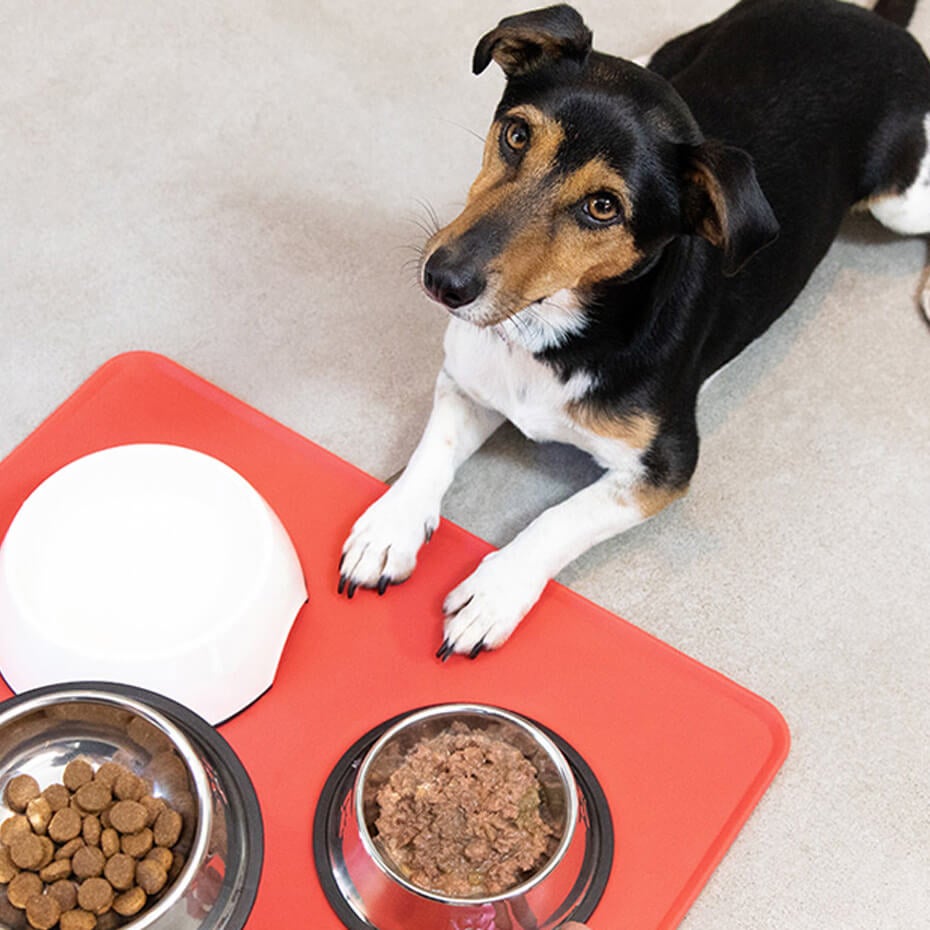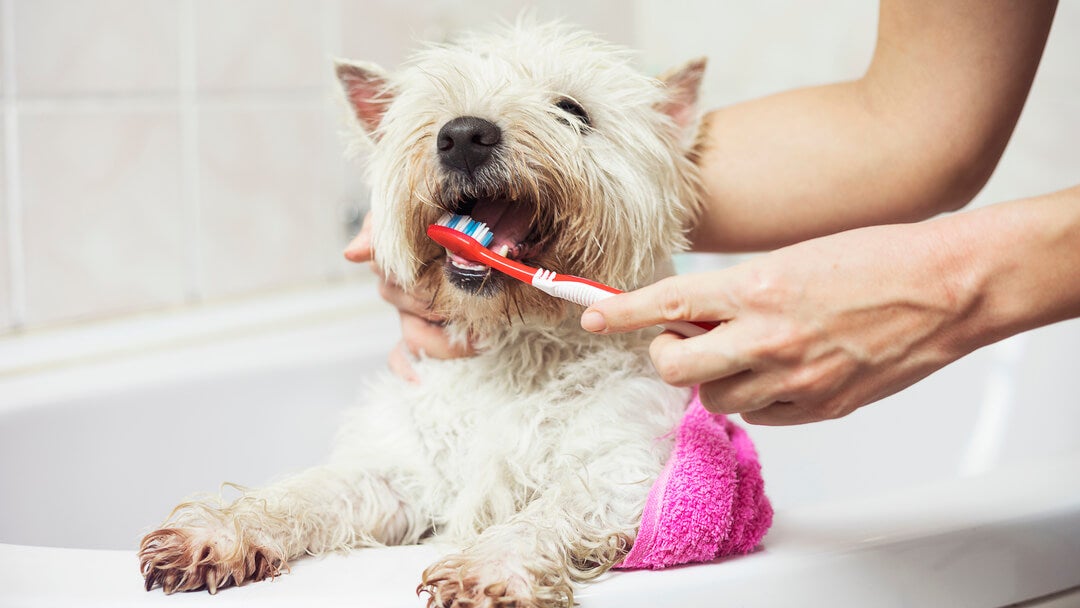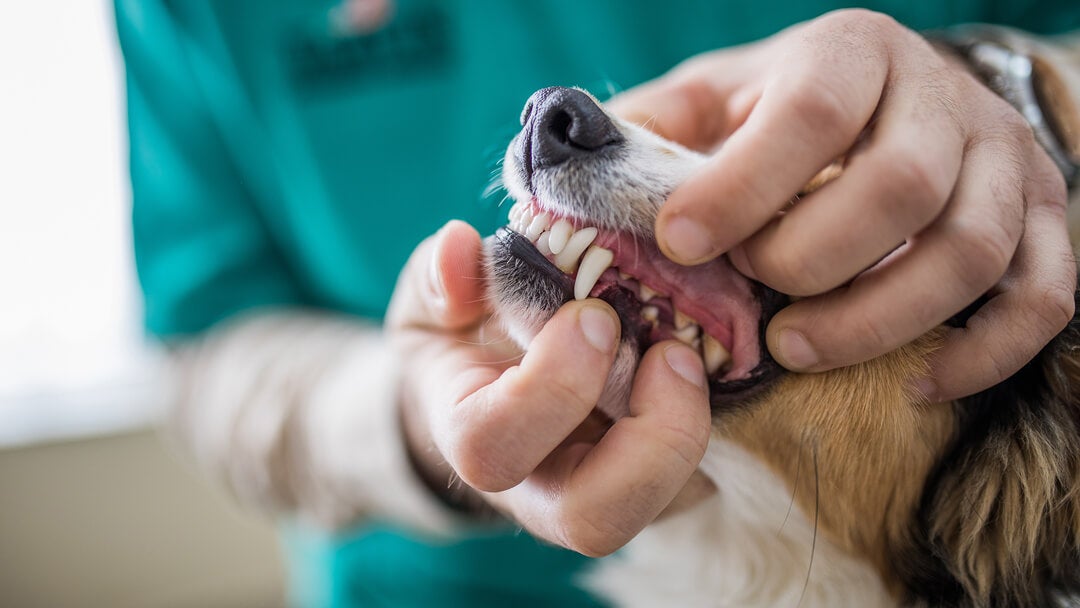
Understanding when or when not to visit the vet can be difficult, especially when dealing with a dog’s dental health. Most people don’t want to see their vet every time they have a small question, but equally, not going at all could mean dental problems go unnoticed.
Keep reading to find out some of the dog dental health warning signs you should be looking out for.
Bleeding Gums In Dogs
If you notice your dog’s gums bleeding we would advise you take them to visit your vet as soon as possible. If the gums are bleeding lightly over a wide area of a dog’s gums, it could be a sign of gum diseases such as gingivitis or periodontal disease. Both diseases can cause discomfort and lead to issues such as weight loss.
If your dog’s gums are bleeding heavily it is probably a sign they have cut their gums rather than a sign of dental disease. Dogs can cut their gums on a number of different things, especially when on a walk. Items to watch out for when walking include:
- Sharp or splintering sticks
- Smashed or cracked glass
- Waste plastic
- Rocks and stones
- Used plastic food cartons
- And more
If you do notice your dog’s gums bleeding heavily, we recommend you take them to your vet as soon as possible. Once there, your vet will be able to stop the bleeding and help them to recover from the cut.
Tooth Loss In Dogs
Tooth loss can be a very common issue for older dogs. This is because dental calculus builds over time, and eventually causes teeth to fall out. As this is an issue primarily for senior dogs it shouldn’t be as common in younger dogs. If you have a younger dog and notice their teeth are falling out it could be a sign of something different.
If you notice your dog’s tooth has broken off rather than falling out, they could have eaten or chewed something hard like a stone. If this is the case the remaining part of the tooth could still be in your dog’s mouth. This can lead to more serious issues as the tooth could dig further into your dog’s gum; it could also cut other parts of your dog’s mouth.
A broken tooth could also lead to a tooth root abscess. A tooth root abscess forms when bacteria is exposed to the root canal of a tooth, usually because of a broken or chipped tooth.

Bad Breath In Dogs
Bad breath in dogs is a common problem that most pet owners have to deal with at some point. If a dog has bad breath it does not necessarily mean they are suffering from a dental problem. However, if paired with any of the above conditions, it could be a sign of something more serious.
Pale Gums In Dogs
A dog’s gums should usually be pink in colour. If a dog’s gums aren’t pink it could mean they have a dental condition. Pale gums in dogs usually appear when your dog is losing blood or has a problem with the creation of red blood cells.
One reason a dog may be losing blood is because of a severe parasite infestation. This can include either external or internal parasites. Parasites such as ticks and fleas survive by drinking their host’s blood. If your pet has a severe flea infection it could cause pale gums to appear.
Pale gums in dogs can also be caused by kidney disease. Kidney disease stops the development of a hormone, which aids in red blood cell creation. As a result of this fewer red blood cells are created, which in turn causes your dog to have pale gums.
Internal or external bleeding could be another cause of pale gums in dogs. It’s very easy to spot if your dog is bleeding heavily externally, but internal bleeding may not be so easily spotted. Shallow breathing and a rapid heart rate are all signs your dog could be bleeding internally.
If your dog does begin to show pale gums we advise you contact your vet immediately, especially if you notice signs of internal bleeding such as a rapid heartbeat or shallow breathing.
If you’re looking for any more advice on dental health visit our dog dental advice page.















